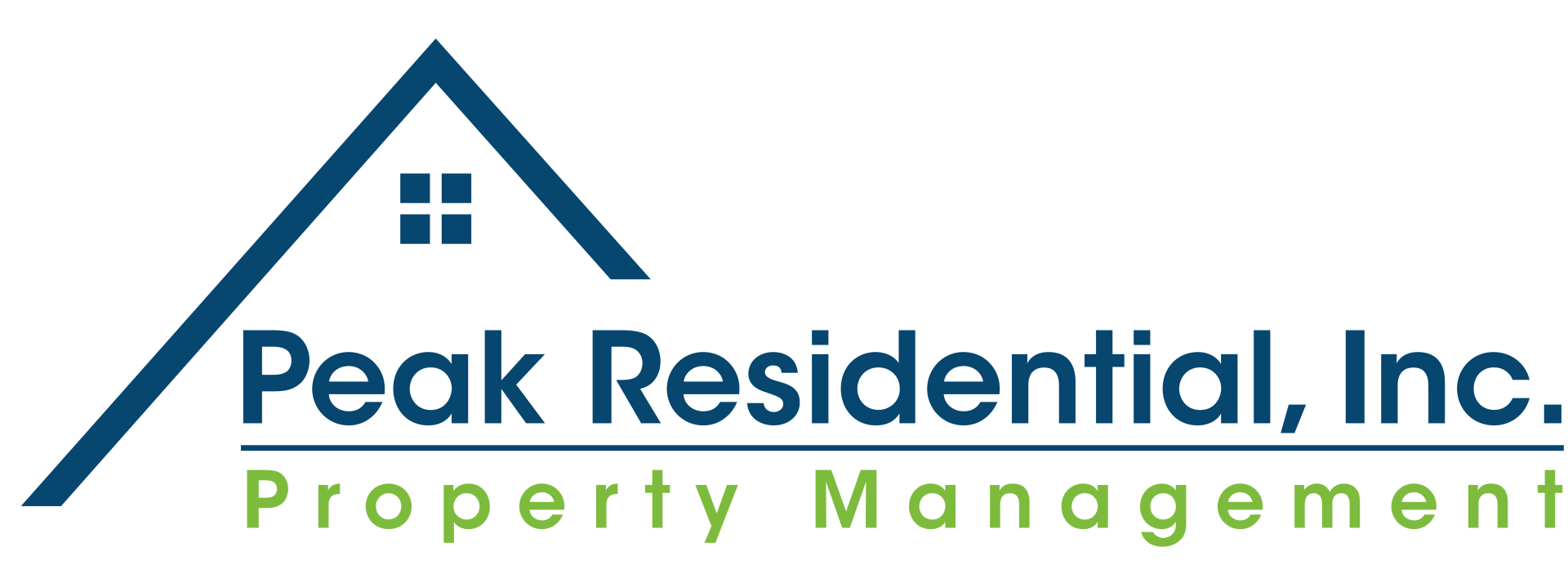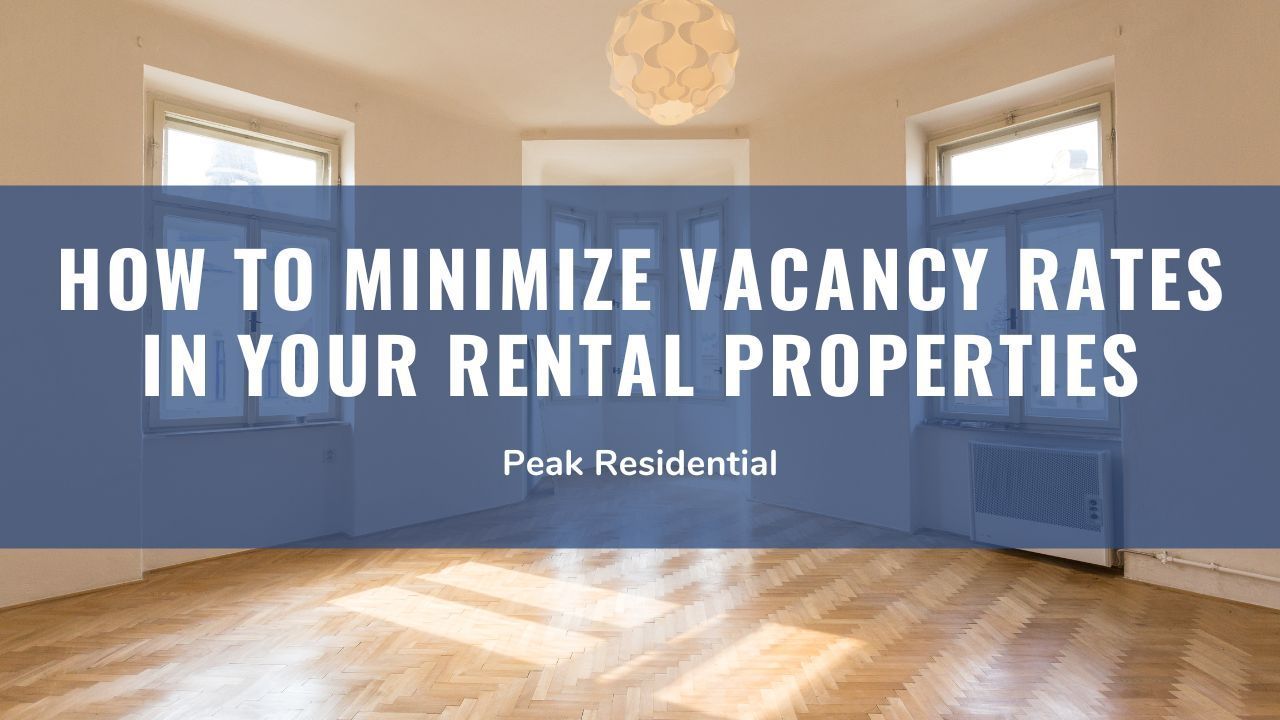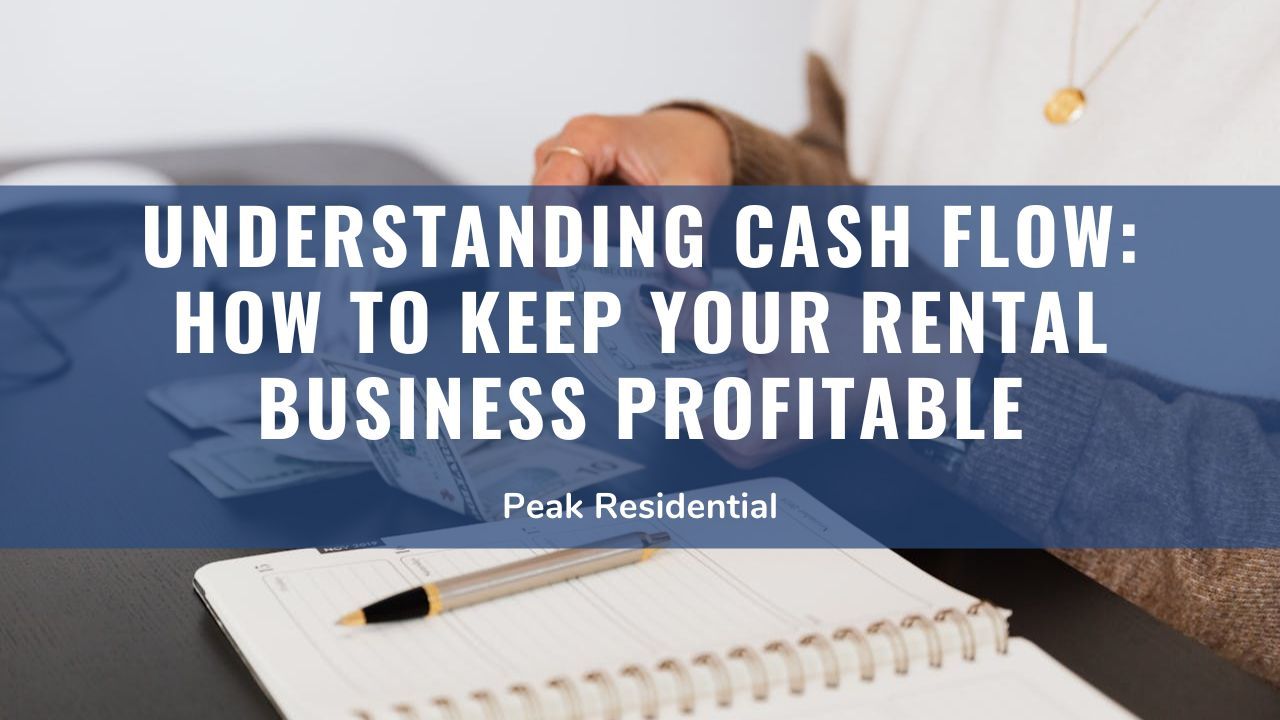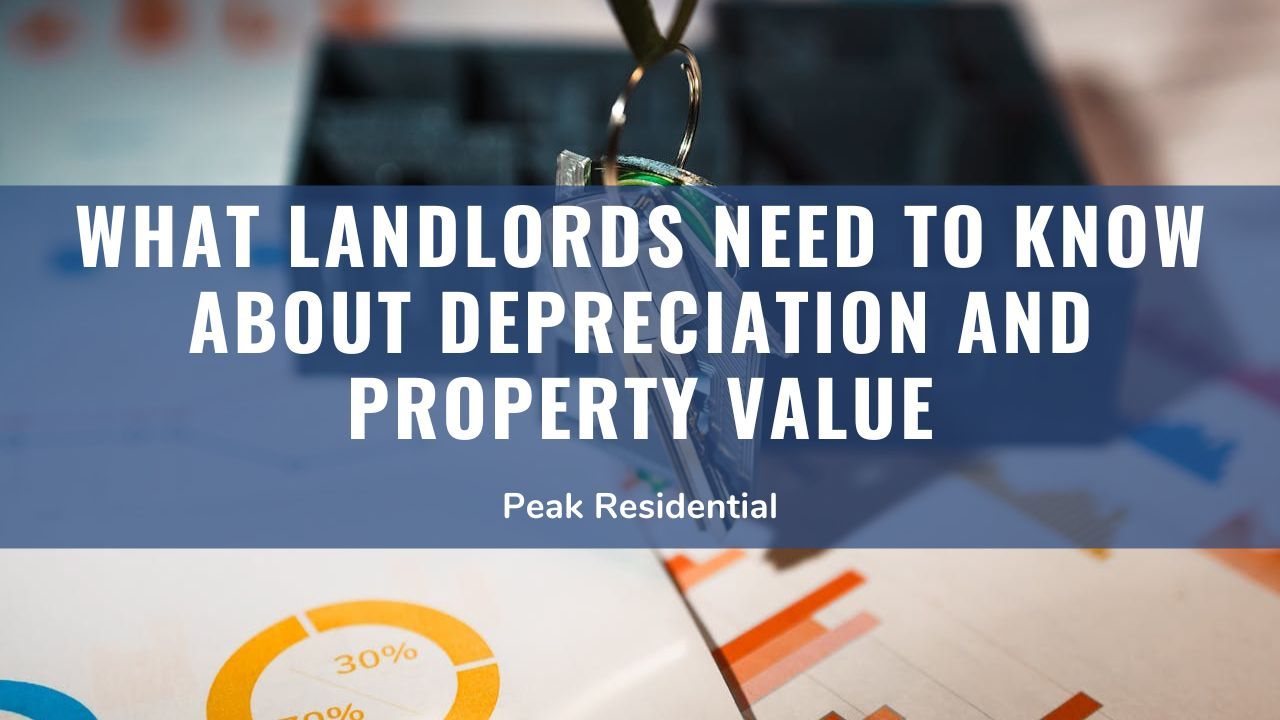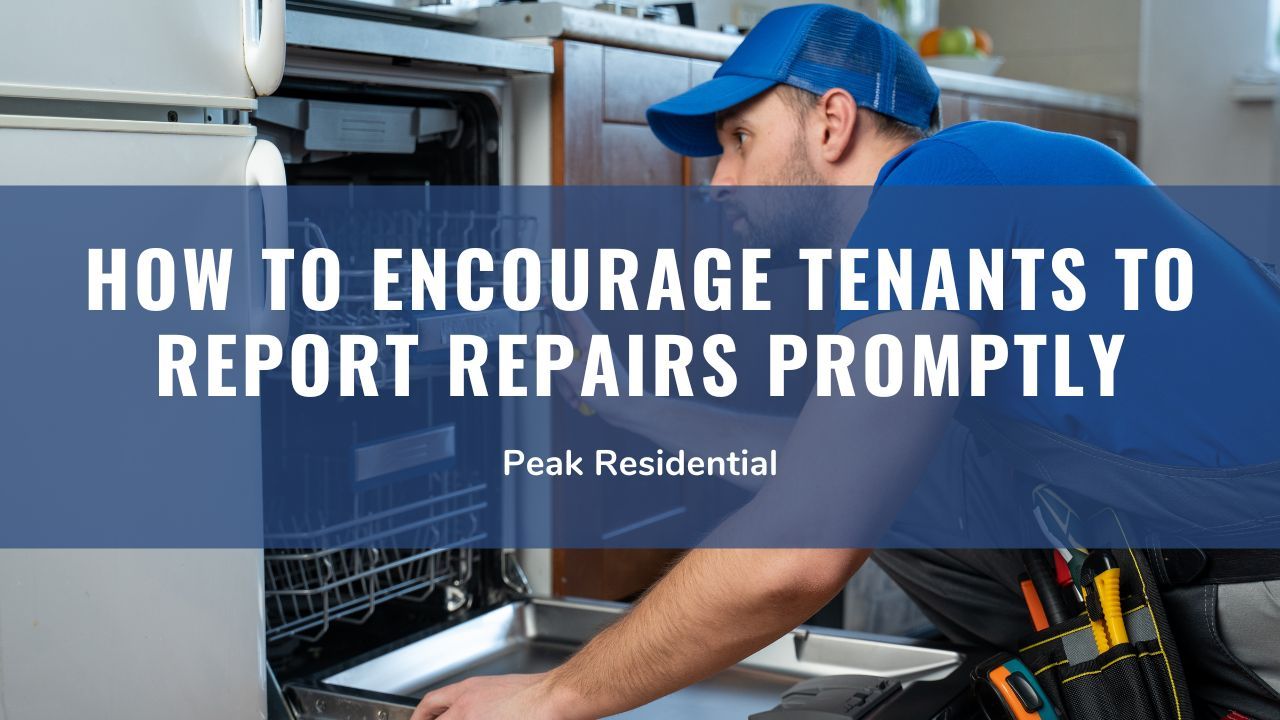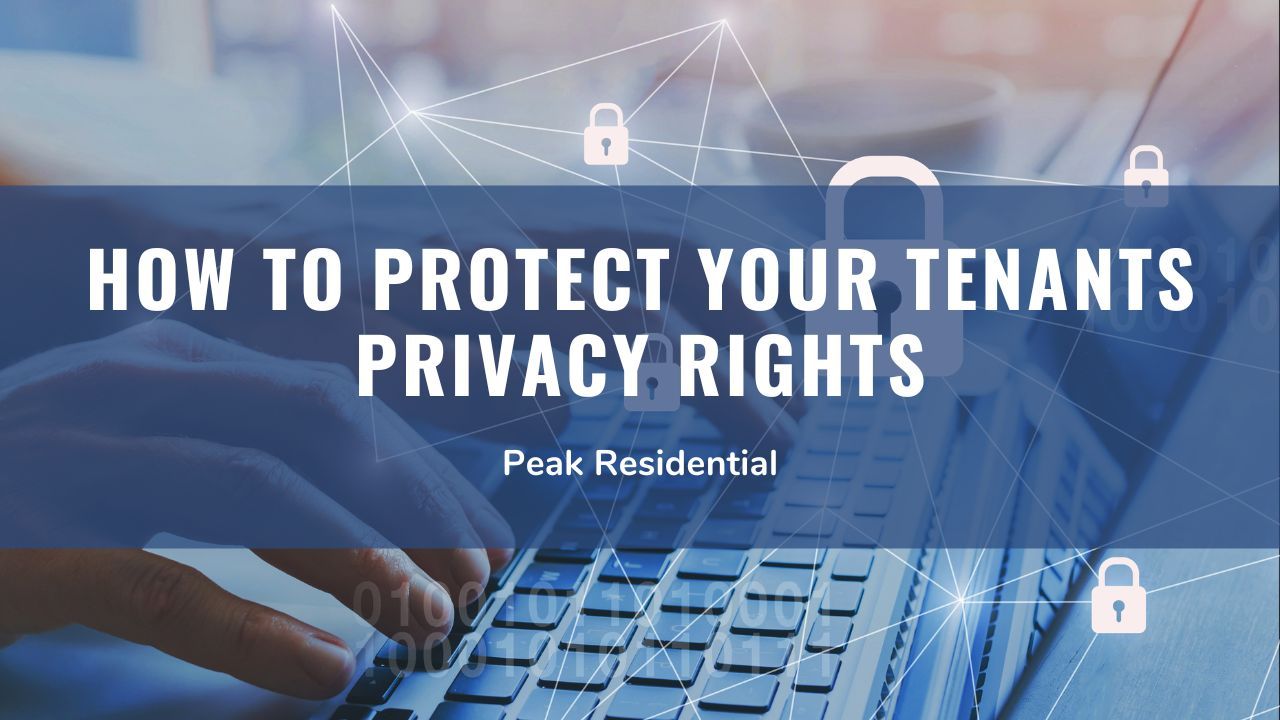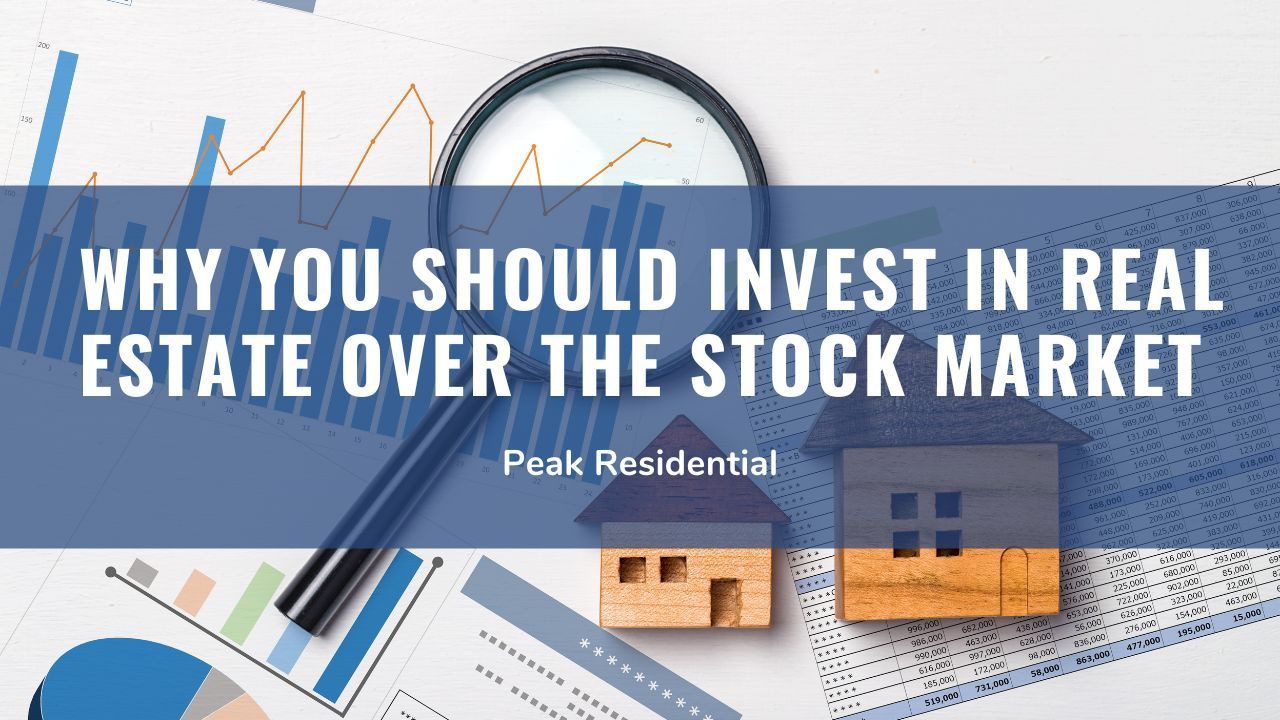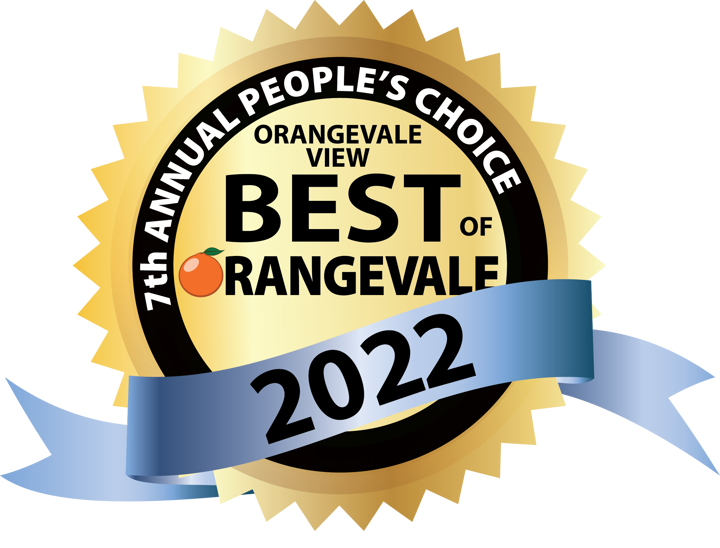Key Takeaways
- Preventative maintenance saves money: Routine inspections and upkeep help avoid costly emergency repairs and extend the life of property components.
- Improves tenant retention: Addressing maintenance proactively creates a better living experience, reducing turnover and vacancy costs.
- Protects property value: Regular maintenance preserves curb appeal, functionality, and compliance with safety standards, keeping your investment profitable.
A rental property is a business, and like any successful business, it thrives on smart planning, efficient systems, and long-term thinking. One of the smartest investments a landlord can make is preventative maintenance.
Rather than waiting for problems to arise, proactive upkeep allows property owners to avoid major repairs, reduce costs,
retain residents longer, and protect the value of their property.
Preventative maintenance might not sound as exciting as renovations or new investments, but in this guide from
Peak Residential, Inc. Property Management, we’ll explain why it’s one of the most powerful tools for saving time and money in the long run.
What is Preventative Maintenance?
Preventative maintenance is the routine inspection and servicing of your property’s key systems and structures to avoid unexpected breakdowns and deterioration.
This includes regular tasks like cleaning gutters, servicing HVAC units, inspecting plumbing and roofing, checking for pest activity, and ensuring appliances and smoke detectors work properly.
The goal is simple: catch small problems before they become expensive emergencies. When done consistently, preventative maintenance leads to fewer resident complaints, lower repair bills, and longer-lasting property components.
The High Cost of Deferred Maintenance
One of the biggest mistakes landlords make is ignoring maintenance until something breaks. While it might save a few bucks in the short term, this approach almost always leads to bigger, more expensive issues down the road.
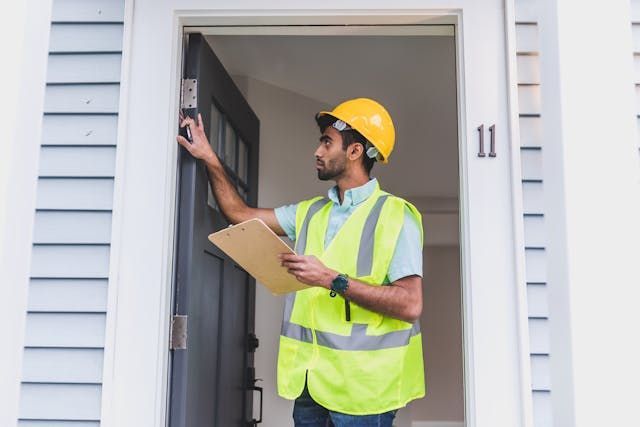
Take a leaking pipe, for example. A minor drip might seem harmless at first, but over time it can lead to water damage, mold growth, and costly drywall or flooring replacements. Similarly, a clogged dryer vent may go unnoticed until it becomes a fire hazard or significantly reduces the life of the appliance.
Deferred maintenance also affects resident satisfaction. If residents frequently deal with issues like broken fixtures, poor heating or cooling, or water leaks, they are far less likely to renew their lease.
High turnover increases
vacancy rates and costs, cleaning and repair expenses, and the time it takes to find new qualified renters.
How Preventative Maintenance Protects Property Value
Your rental property is a valuable asset. Like any asset, its condition directly affects its market value and appeal. Regular maintenance helps preserve curb appeal, functionality, and structural integrity.
It ensures that your property continues to meet local building codes and health and safety standards, reducing your liability as a landlord. For example, keeping up with roof inspections and minor repairs extends the life of the roof, which is one of the most expensive components of any home.
Servicing HVAC systems keeps them efficient, improves indoor air quality, and avoids emergency replacements during extreme weather. Over time, these efforts not only reduce costs but also enhance your property's reputation and attractiveness to prospective residents.
Common Preventative Maintenance Tasks
A successful preventative maintenance plan includes both seasonal and annual tasks.
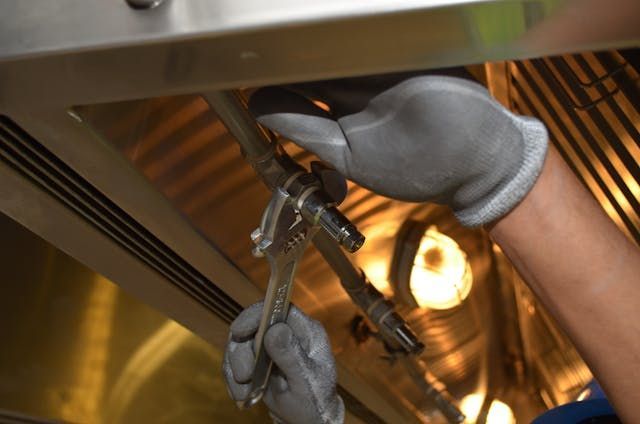
Some of the most important areas to focus on include:
HVAC Systems: Schedule professional inspections and servicing twice a year, typically in the spring and fall. Replace filters regularly and ensure the system operates efficiently.- Plumbing: Check for leaks under sinks, inspect water heaters for corrosion, and flush them once a year to remove sediment buildup.
- Electrical Systems: Test smoke and carbon monoxide detectors, inspect electrical outlets and breaker panels, and replace any outdated or damaged wiring.
- Roof and Gutters: Inspect for missing shingles, clean gutters and downspouts to prevent water damage and ice dams.
- Landscaping and Exterior: Trim trees and shrubs to prevent damage to the building. Check for cracks in walkways or the foundation that could become hazards.
- Appliances: Clean refrigerator coils, inspect dishwashers and washing machines for hose wear and replace as needed.
- Pest Control: Schedule regular inspections to catch infestations early and avoid structural or health issues.
While this list is not exhaustive, it highlights the recurring nature of preventive maintenance and the importance of documenting each task for accountability and record-keeping.
Creating a Preventative Maintenance Schedule
A maintenance schedule helps ensure no critical task falls through the cracks. Start by identifying what needs to be done monthly, seasonally, and annually. Keep a calendar or use property management software to track maintenance activities and set reminders.

If you own multiple properties, organizing tasks by property and timeframe becomes even more important. A consistent schedule also makes it easier to budget for upcoming maintenance, reducing the likelihood of financial surprises.
Whenever possible, document completed maintenance with photos, receipts, and written notes. This information is especially valuable when selling a property, filing insurance claims, or managing disputes.
Partner With a Property Management Company
While preventative maintenance is crucial, managing it effectively requires time, coordination, and attention to detail. For many rental property owners—especially long distance landlords, or those with multiple units—this can become overwhelming.
This is where a professional property management company can make a real difference.Property managers have established systems for scheduling, documenting, and completing preventative maintenance tasks.
They work with trusted vendors and contractors to ensure high-quality, timely repairs. They also keep detailed maintenance records, which are useful for
property taxes, insurance, and legal protection.
Most importantly, professional property managers know what to look for. They conduct regular inspections, identify issues before they become problems, and understand how to maintain your
return on investment (ROI).
By investing in property management services, you’re not just outsourcing tasks, you’re protecting your property, your time, and your peace of mind.
Bottom Line
Preventative maintenance may not always be the most visible part of managing a rental property, but it is absolutely one of the most impactful. By identifying and addressing issues early, you can avoid costly repairs, improve resident satisfaction, and protect the long-term value of your investment.
Whether you manage your property yourself or work with a professional, like
Peak Residential, developing a reliable maintenance routine is a smart and necessary move. In the end, a well-maintained property is a profitable property—saving you time, reducing your stress, and putting more money in your pocket.
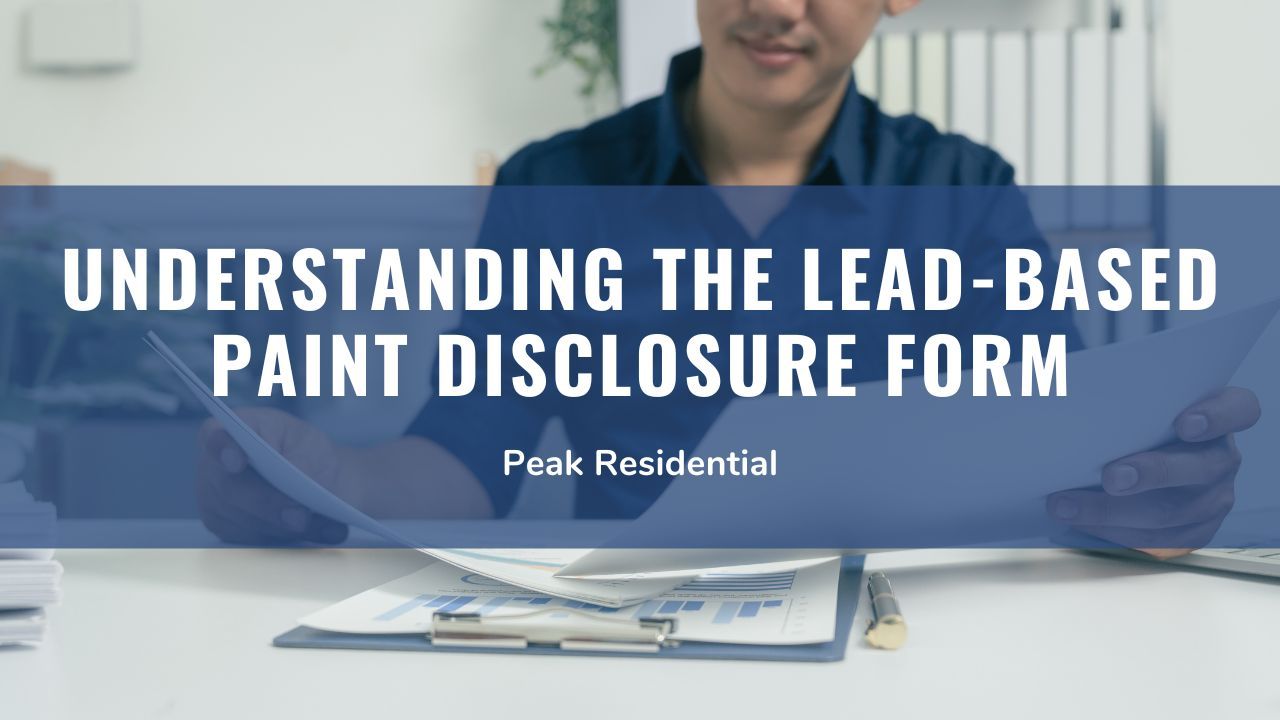
Peak Residential, Inc.
8:30am - 12pm & 1pm - 5pm Monday - Friday (Office Visit by Appointment Only
Sitemap | Privacy Policy | Accessibility | DRE Lic #02133123
© All Rights Reserved.
Peak Residential, Inc.

